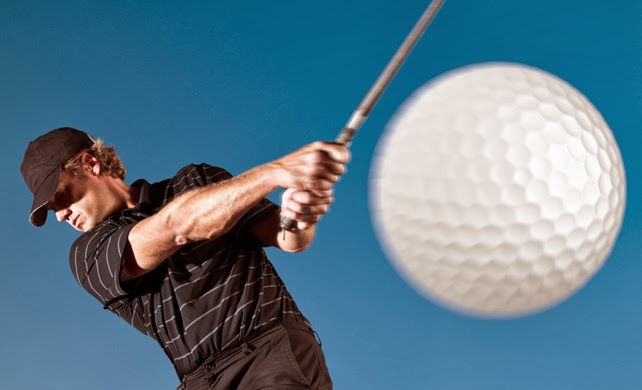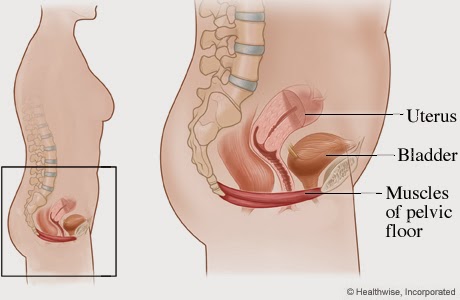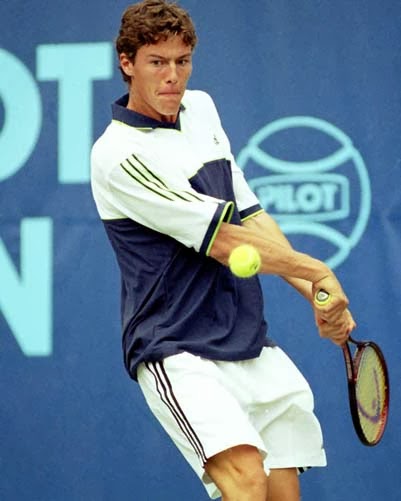Immidiate Treatment of Soft Tissue Injury
.jpg)
One of the most popular acronyms to remember if you get a sports injury such as a sprain, strain, muscle pull, tear or any other form of soft tissue injury, is R.I.C.E, which stands for Rest, Ice, Compression and Elevation. Using these immediate first aid measures is believed to relieve pain, limit swelling, protect the injured soft tissue, prevent complications and help you heal faster. R.I.C.E protocol Rest Rest is a key component of repairing the body. Without rest, continual strain is placed on the affected area, leading to increased inflammation, pain, and possible further injury so Activity should be reduced. Additionally, some soft tissue injuries will take longer to heal without rest. There is also a risk of abnormal repair or chronic inflammation resulting from a failure to rest. Ice Ice provides short-term pain relief, reduces the inflammatory response and limits swelling by reducing blood flow to the injured area. Apply ice for 20 minutes at a


